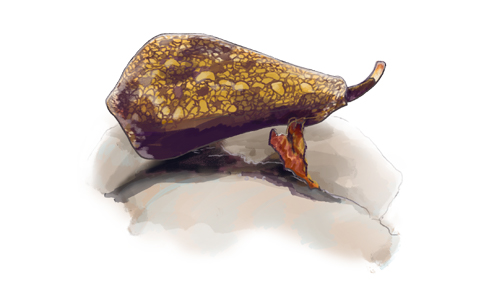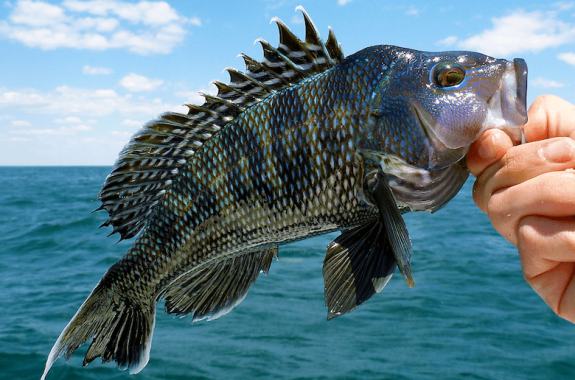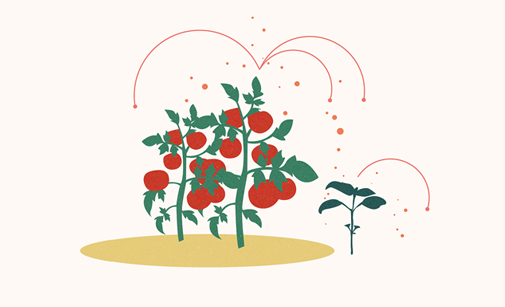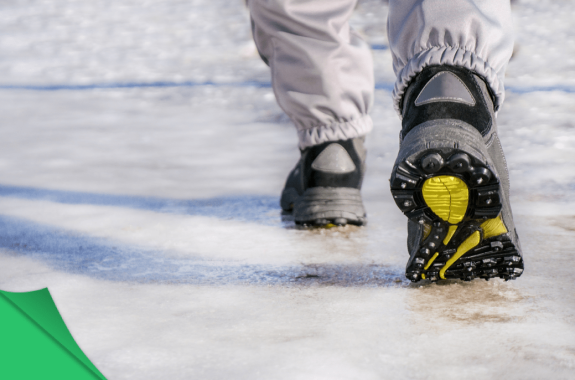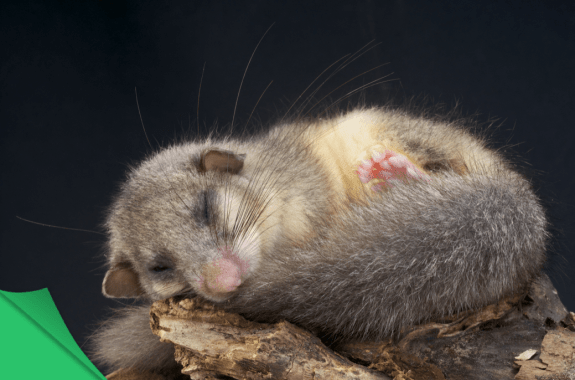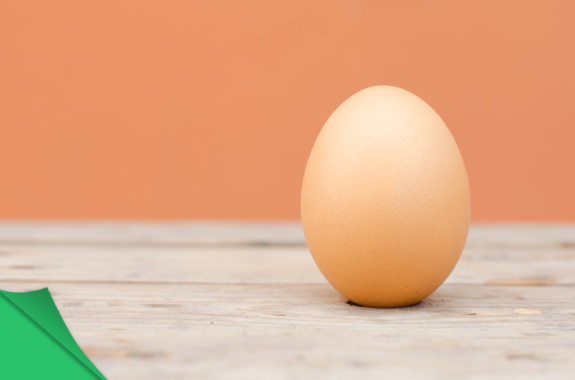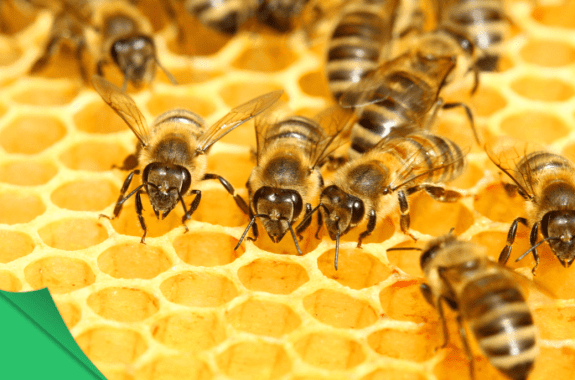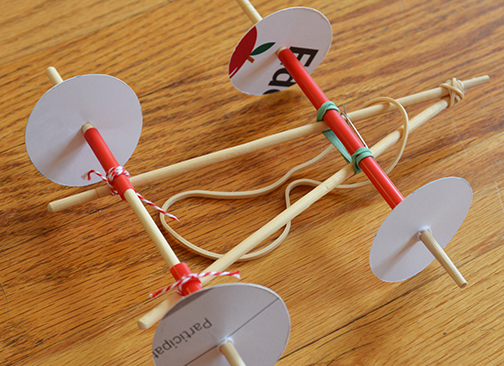How Do ‘Killer Snails’ Kill Their Victims?
Model the hunting adaptations and a rich peptide venom cocktail of predatory cone snails in this exploration of the organism’s structure and function.
Interpret The Impacts Of Rising Ocean Temperatures On Ecosystems
Where do fish go when the water gets warm? It depends on the species.
How Do Infections Spread In Plants?
Students model the interaction of biotic and abiotic factors in a plant disease system, then use their data to inform recommendations to farmers to limit disease transmission.
Slippery Soles: A Lesson In Friction
Even in our best winter boots, we often slip and slide on icy sidewalks. Design a boot that doesn’t slip on ice, in this friction and surface area engineering challenge.
Do Edible Dormice Hold Secrets To The Fountain Of Youth?
Investigate the relationship between the protective ends of DNA, called telomeres, and lifespan in a long-lived rodent.
All Spun Up: A Look At Properties Of Rotation
Why do hardboiled eggs spin better than raw ones? How can you engineer faster race car wheels? The key is understanding rotational inertia.
Why Are Honeycomb Cells Hexagonal?
Honeybees make the cells of their hives in the shape of hexagons, but why?
Model Eclipses
Model solar and lunar eclipses by making your own physical, proportional representations of the Earth and Moon.
What Do Cochlear Implants And Hearing Aids Sound Like?
Learn how hearing aids work, then conduct your own test to determine whether hearing aids can improve speech recognition for cochlear implant users.
Reinventing The Wheel (For Mars)
Design and test different wheels on a basic rubber band-powered vehicle, with the goal of improving stability, traction, durability, and load-bearing ability.
